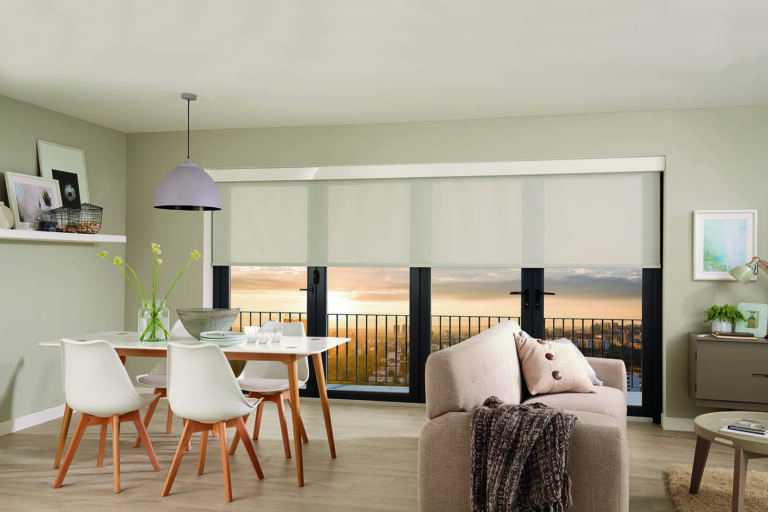In the digital age, screens dominate our lives. From smartphones to laptops, tablets to televisions, screens are omnipresent. However, for some individuals, the constant glare of screens presents challenges. Whether due to visual impairment or concerns about privacy, the need for alternative screen technologies has become increasingly apparent. Enter blind screens – a novel approach to addressing accessibility and privacy concerns in technology.
Understanding Blind Screens
Blind screens, also known as privacy screens or screen filters, are specialized accessories designed to limit the visibility of on-screen content from certain viewing angles. Unlike traditional screens, which emit light in all directions, blind screens utilize various technologies to restrict the viewing angle, making the screen appear dark or distorted to anyone not directly in front of it.
Accessibility Features
One of the primary benefits of blind screens is their accessibility features. For individuals with visual impairments, traditional screens can pose significant challenges. Blind screens address these challenges by reducing glare and enhancing contrast, making on-screen content more legible for users with low vision. Additionally, by limiting the viewing angle, blind screens reduce the risk of screen glare, which can be particularly problematic for individuals with conditions such as photophobia or sensitivity to bright light.
Enhancing Privacy
Privacy concerns have become increasingly prevalent in today’s digital landscape. Whether in public spaces or open offices, protecting sensitive information from prying eyes is paramount. Blind screens offer an effective solution by restricting the visibility of on-screen content to only those directly in front of the screen. This not only safeguards personal and confidential information but also provides peace of mind in environments where privacy is a concern.
Types of Blind Screens
Blind screens come in various forms, each catering to specific needs and preferences. Some common types include:
Privacy Filters: These attachable filters adhere directly to the screen and use micro-louver technology to limit the viewing angle. Privacy filters are often used in corporate settings to protect sensitive data on computer monitors.
Anti-Glare Screens: Designed to reduce glare and reflections, anti-glare screens are ideal for individuals who work in brightly lit environments or suffer from eye strain caused by screen glare.
Blue Light Filters: Blue light emitted by screens has been linked to eye strain and disrupted sleep patterns. Blue light filters, commonly found in smartphones and tablets, help mitigate these effects by reducing the amount of blue light emitted by the screen.
Electronic Privacy Screens: These advanced screens use electronic polarization to selectively block or allow light from passing through, providing adjustable privacy levels depending on the user’s preferences.
Benefits of Blind Screens
The adoption of blind screens offers several benefits, including:
Improved Accessibility: By enhancing contrast and reducing glare, blind screens make on-screen content more accessible to individuals with visual impairments.
Enhanced Privacy: Blind screens provide an added layer of privacy, making it difficult for unauthorized individuals to view sensitive information.
Reduced Eye Strain: By minimizing glare and filtering out harmful blue light, blind screens help reduce eye strain and fatigue, especially during extended periods of screen use.
Flexibility: With various types and configurations available, blind screens offer flexibility to meet the diverse needs of users in different environments.
Challenges and Limitations
While blind screen offer numerous benefits, they are not without their challenges and limitations. Some common considerations include:
Viewing Angle Restrictions: Blind screen limit the viewing angle, which can be restrictive in certain situations, particularly when sharing content with others.
Effectiveness in Different Lighting Conditions: The effectiveness of blind screen may vary depending on the lighting conditions, with some screens performing better in well-lit environments than others.
Compatibility Issues: Compatibility with different devices and screen sizes may pose challenges, requiring users to find the right fit for their specific device.
Cost: High-quality blind screen can be relatively expensive, particularly for larger screens or electronic privacy screens with advanced features.
Future Trends and Developments
As technology continues to evolve, so too will blind screen. Some future trends and developments to watch out for include:
Advanced Materials: Ongoing research into new materials and technologies will likely lead to the development of thinner, lighter, and more effective blind screen.
Integration with Smart Devices: Integration of blind screen technology directly into smart devices, such as smartphones and tablets, could streamline the user experience and enhance accessibility and privacy features.
Customization Options: Future blind screen may offer greater customization options, allowing users to adjust privacy levels and viewing angles according to their preferences.
Widespread Adoption: As awareness of accessibility and privacy issues grows, we can expect to see a more widespread adoption of blind screen across various industries and consumer markets.
Conclusion
Blind screen represent a significant step forward in addressing accessibility and privacy concerns in technology. By enhancing contrast, reducing glare, and restricting viewing angles, these innovative accessories offer a range of benefits for individuals with visual impairments and those seeking to protect their privacy. As technology continues to advance, blind screen are poised to play an increasingly important role in shaping the future of digital accessibility and privacy.

